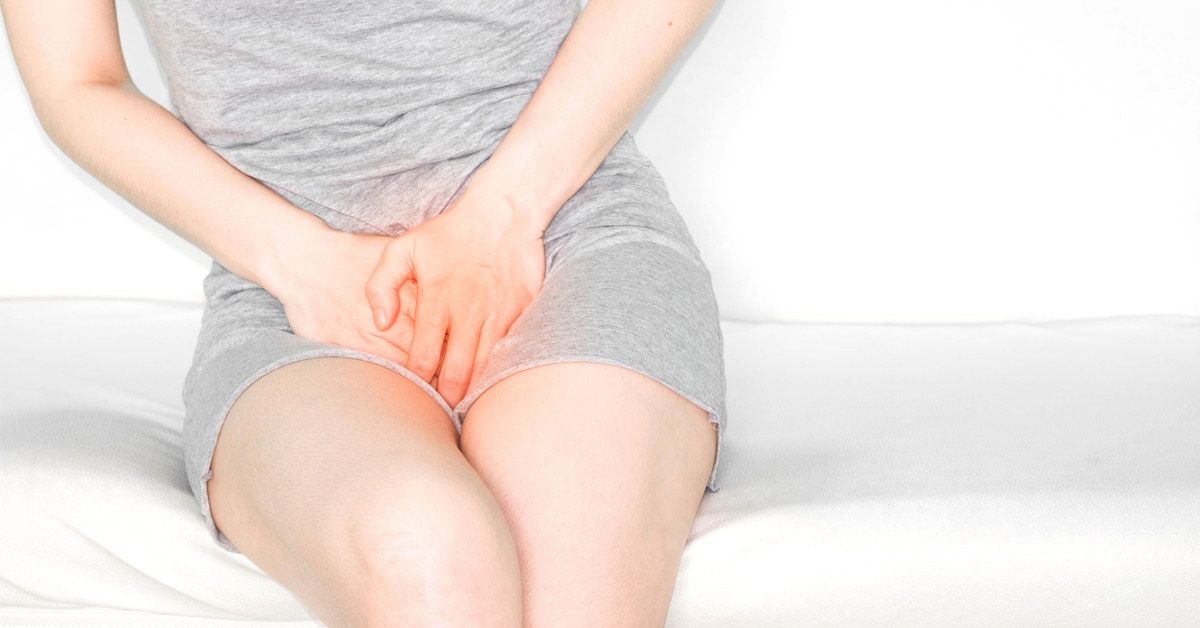Overactive bladder (OAB) is a common condition that affects up to 16.5% of people in their lifetime. Symptoms include frequent urination, bladder spasms, urinary urgency, and leaking of urine. These symptoms may cause women to be fearful of traveling, exercising, or socializing. These all can negatively impact their quality of life.
Managing OAB can be difficult. There are some common mistakes women make that can lead to ineffective treatment – and continued frustration.
1. Assuming OAB is normal
While many women experience OAB symptoms as they get older, an overactive bladder is not normal. OAB can be caused by drug side effects, neurological disorders such as Parkinson’s, bladder stones, and nerve damage from pelvic trauma. Women often assume OAB symptoms are a natural part of aging. But it’s not an age-related condition, nor will it go away without treatment. This is why it’s important to see a doctor for your overactive bladder symptoms.
2. Thinking medication is the only option
While medication is often an effective treatment for overactive bladder, it is far from the only option. Lifestyle changes are an important part of living with OAB. And if those don’t help, there are advanced treatment options available.
Lifestyle changes include scheduling regular toilet breaks and double voiding. Double voiding involves urinating two times within a few minutes to empty the bladder more completely.
Bladder retraining is another option that women can use to lengthen the amount of time between bathroom trips. This helps strengthen the bladder and helps decrease the discomfort of urgency.
If lifestyle changes and medications don’t help enough, there are other treatments. Botox injections or Interstim are two types of advanced OAB treatments.
3. Not following the OAB pathway
While many treatments may control OAB symptoms, there is no cure. This makes it crucial for women to follow the right steps to get get the best treatment results.
The OAB pathway was developed to help achieve the best outcome. It starts with a visit to a urologist – they will recommend the first line of treatment. These are usually methods such as diet changes, bladder retraining, and pelvic floor therapy. They may prescribe medications to help control urges.
If you still have symptoms after two months, it’s important to see your urologist again. More testing is usually performed and your doctor will likely recommend advanced therapies. Depending on your circumstances, these treatments might include Botox or electrical stimulation devices. Axonics and InterStim are two types of common advanced treatments.
As you can see, there is a range of OAB treatment options for women who are struggling to manage this condition. While it might seem simpler to cope with the effects of OAB on your own, the best course of action is to visit a doctor.
The good news is that many cases of OAB respond well to conservative methods. And there are advanced treatments available if those don’t work.
Take the most important step in getting your life back – schedule an appointment today!

